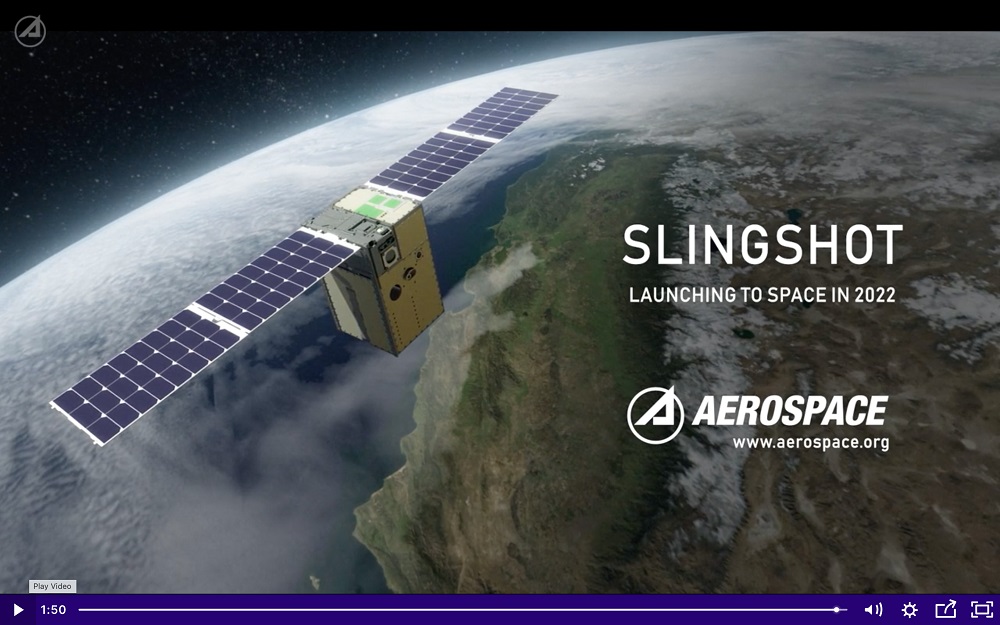
Satellites to test-fly new cyber software
As space programs face rising cyberattacks, the Aerospace Corp. and TriSept Corp. are making ready independent flight checks of software package to notify satellite operators of anomalies detected onboard.
“One of the big things we want to demonstrate is that you can add protection without the need of building additional hazard or sizeable value,” stated Ryan Speelman, Aerospace’s Data Techniques and Cyber Division principal director.
Over and above cyber cleanliness, which is the working day-to-working day operate organizations conduct to secure their networks, Aerospace suggests an tactic to satellite safety identified as Protection in Depth.
Defense in Depth is an architectural technique that relies on multiple levels of safety, which includes safeguarding provide chains and software package improvement procedures, adopting intrusion-detection mechanisms and instruction staff members to be on the lookout for cyber threats.
Feel of it like an onion. “We will check out and stop you at the outer layer, but we assume that you can defeat some protections, and we will go on to try out and quit you,” Speelman said.
Business satellite operators can tailor their Protection in Depth techniques to suit their enterprise designs. “Depending on what type of seller you are and what threats you are vulnerable to, you may well choose and opt for diverse layers,” he explained.
A vital ingredient of any Defense-in-Depth method is computer software to detect unauthorized satellite entry by repeatedly monitoring and logging satellite telemetry, instructions and flight computer software configuration. Aerospace programs to test its Starshield intrusion-detection software program on Slingshot, a 12-device cubesat launching in September and built with modular components, open requirements and plug-and-enjoy interfaces.
“The computer software does additional than encrypt the facts simply because there are other threat vectors and attack surfaces that want to be guarded,” reported Benjamin Davidson, director of Aerospace’s Cybersecurity and State-of-the-art Platforms Section.
Rather than coming up with the software program to seem for troublesome commands, Aerospace engineers have properly trained equipment understanding algorithms on what is anticipated. The computer software then flags something unexpected.
Immediately after launch, Aerospace will take a look at the computer software for a 12 months or two to demonstrate that it provides extra protection devoid of interfering with regular flight-regulate programs. In addition to flagging anomalies, the application could enable satellite operators discover the culprit of a cyberattack.
“Anytime you’re carrying out added logging, gathering extra details and flagging events previously, you are heading to make the work of attribution much easier and additional accurate,” Speelman said. “That by itself is a deterrent… simply because if their probability of acquiring caught goes up then their possibility model and their choice-earning process adjustments.”
In a parallel work, TriSept is getting ready a suborbital examination in May and an orbital flight later on this yr of TriSept Security Enhanced Layer (TSEL), satellite safety computer software the organization made with Old Dominion College engineering learners.
“There are not several selections for ensuring the integrity of the mission application,” stated Steven Bjornaas, TriSept application development director. “We want to be able to detect, report on and protect against anomalies.”
TSEL alerts satellite operators to any modifications in the working program even if the alter was prompted by components, mainly because “you cannot usually trust the hardware,” Bjornaas claimed. TSEL also logs events to create a file.
This report initially appeared in the April 2022 challenge of SpaceNews magazine.
